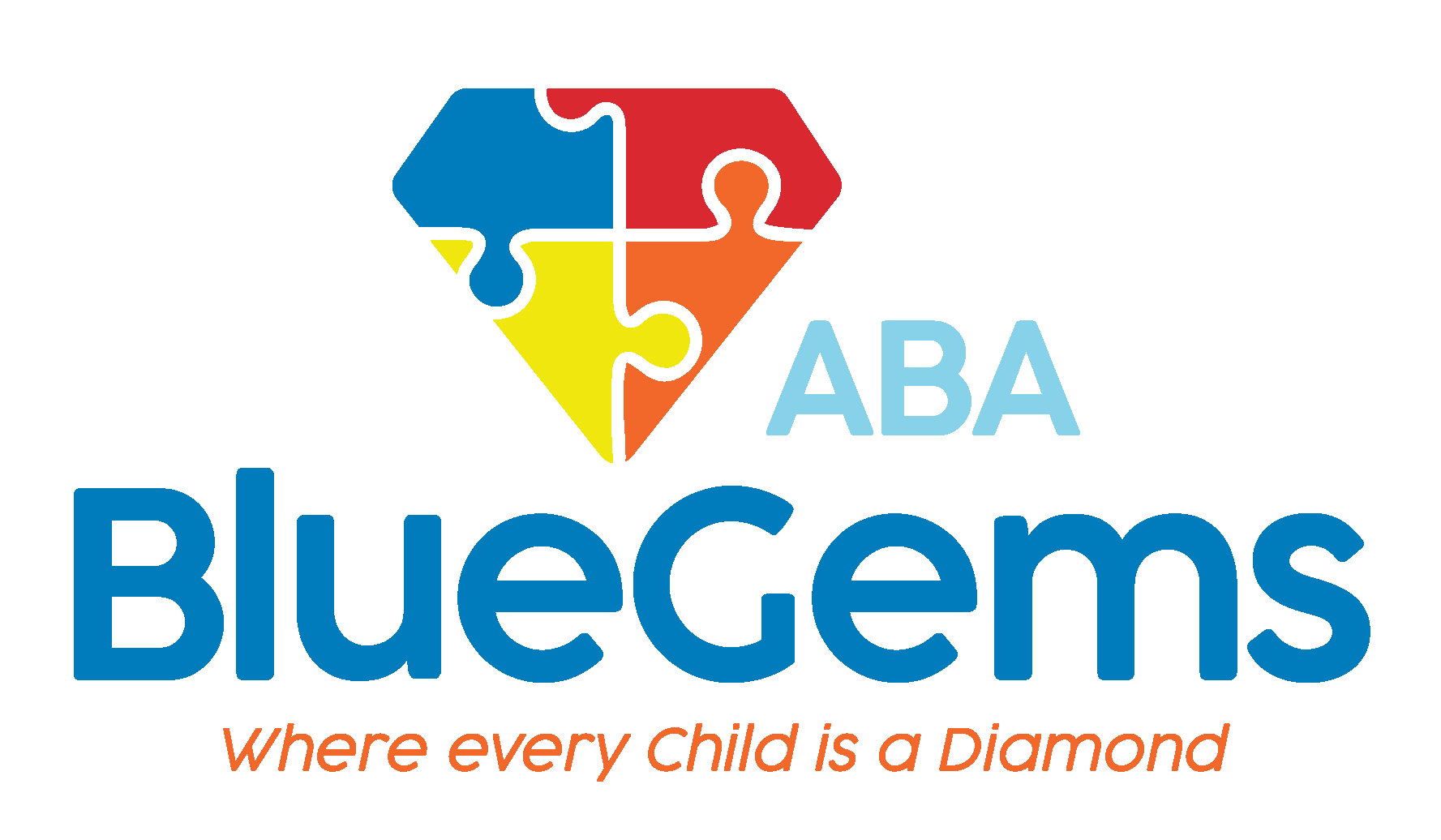ABA in Schools: Teaching Methods
Applied behavioral analysis, or ABA therapy, has long been considered the leading treatment method for children who have autism spectrum disorder (ASD). Research has shown time and again that when ABA therapy can be started at a young age, children can have immense success building the social, communication and daily life skills they need to succeed in life.
While ABA therapy can be considered an early-intervention strategy, it also has many applicable uses far beyond infant and toddler years. In fact, there are many children on the autism spectrum who benefit greatly from ongoing ABA therapy even after they enter a traditional classroom.
ABA therapy in schools is something that some children may need to help them get through their day so they can excel in academics while also thriving in social situations with peers.
Also read: Can ABA Therapy Replace School?
Table Of Contents
How Does ABA in School Work?
When a child enters formal schooling, their education and developmental support is something that requires the input of multiple people. This includes teachers and the children, of course, but also parents, guidance counselors, administrators and other support staff.
If a child has autism, they may require additional support services that the school district can’t provide. This is where ABA therapy in schools comes into play.
ABA therapists can travel to school settings to provide this one-on-one support to children who need it. They will work directly with the entire child study team to ensure everyone is on the same page in terms of what your child’s unique strengths and challenges are.
Partnering with teachers and other staff members at the school, the ABA therapists will in essence provide a more holistic approach to teaching children with ASD.
What Does ABA in School Entail?
Depending on the child’s needs, an ABA therapist may be with them the entire school day or only part of their day. Many therapists work on an individualized basis with just one child, helping them with whatever they specifically need throughout the day.
This could include helping them transition from one classroom to the next or from one activity to the next, giving them one-on-one attention that they need and also implementing any behavioral interventions that might be necessary.
The individualized attention that ABA therapists provide to the student helps them through whatever situation they may be facing. If they have sensory sensitivities to certain stimuli, for example, they can help them address how to properly center themselves without getting too overwhelmed.
There are many things that children with autism have to face on a daily basis at school that their classmates might not. By addressing all of these potential challenges, ABA therapists help children with ASD learn as best as they can and adapt to the classroom around them.
What Skills Does ABA in School Teach?
The specific skills that ABA in schools teach again depend on the individual child in question. Because ABA therapy is so personalized, the treatment plan will often look dramatically different from one child to the next.
That being said, ABA therapists will use some of the same techniques in school settings as they did outside school settings.
This includes Discrete Trial Training, or DTT, which involves breaking skills down into smaller steps that are easier for children with ASD to understand and manage. It also involves pivotal response teaching, or PRT, a strategy that focuses on the overall development of social skills, communication and independence rather than just individual behaviors.
ABA therapists often will use positive reinforcement as a main strategy in their support. Through repetition and providing small rewards when children exhibit the behaviors that are desired, the therapist can help them learn what is expected of them at certain points in time during the day.
What techniques and strategies each ABA therapist will use will depend on the needs and challenges that their patient faces. The personalized aspect of ABA therapy is one of its core tenets, and this applies in at-home, clinical and school settings.
Blue Gems ABA Helps Children with Autism Grow
ABA therapy is very valuable to children on the autism spectrum, even after they enter formal schooling. Working in conjunction with teachers, parents and other members of the school community, ABA therapists can help create a holistic education plan for children with autism.
At Blue Gems ABA, our therapists work every day with children with ASD, helping them build the social, communication and life skills with which they often struggle.
To learn more, please contact us today.




